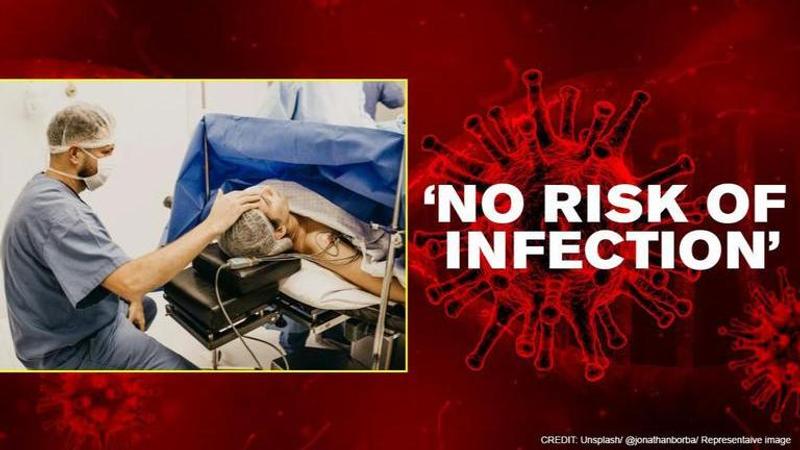Published 15:18 IST, August 17th 2020
Study finds no link between in-person clinical visits and coronavirus
In the study published in Journal of the American Medical Association, JAMA, scientists found that medical avoidance for Obstetrical patients was irrational.

Amid the surge in hospital admissions of the pregnant patients during the COVID-19 peak in Massachusetts, a team of investigators from Brigham and Women's Hospital conducted research gauging the risk of SARS-CoV-2 contraction and found no association between in-person health care visits and COVID-19 infection. In research published in the Journal of the American Medical Association, JAMA, scientists found that medical avoidance for Obstetrical patients due to fear of SARS-CoV-2 infection was irrational. Data obtained by the Mass General Brigham institutional review board from at least 4 hospitals in the Boston, Massachusetts, between April 19, 2020, and June 27, 2020, overruled chances of getting coronavirus at the time of hospital admission.
There was no meaningful association between the number of in-person health care visits and the rate of SARS-CoV-2 infection in this sample of obstetrical patients in the Boston area, the researchers wrote in the JAMA journal.
Further, researchers revealed that Massachusetts had the third-highest SARS-CoV-2 infection rate in the US at the time of the research analysis. The Boston area, particularly, had widespread infections.
According to Sharon Reale from the Department of Anesthesiology, Perioperative and Pain Medicine, the major driver for the research was the large number of patients avoiding necessary medical care because of fear of contracting Covid-19 in a health care setting. She said, “there was no indication that in-person health care affects the risk of infection.” The newly conceived moms needed a range of medical assistance from in-person visits for measurements, exams, and lab tests to admissions. As many as 3,000 women who were pregnant checked into the hospitals and only 111 tested positive to COVID-19.
[Association Between Each Additional In-Person Health Care Visit and Odds of SARS-CoV-2 Infection. Credit: JAMA]
As per the study in JAMA, experts accumulated nasopharyngeal swabs using reverse transcriptase-polymerase chain reaction to determine whether the patients who tested positive for SARS-CoV-2 contracted coronavirus during pregnancy or at the time of admission for labour and delivery. The data was based on gestational age, race and ethnicity, insurance type (Medicaid vs commercial), and SARS-CoV-2 infection rate in the patient’s zip code area of the patients.
Conditional logistic regression technique
Further, the association between in-person clinical visits and SARS-CoV-2 infection was established using the conditional logistic regression technique with adjustment for age, body mass index, and essential worker occupation. At least 10 imputed data sets were used to derive the odds ratios using the rules of Rubin. The data population included 2968 deliveries at the time of the COVID-19 surge.
Updated 15:19 IST, August 17th 2020





